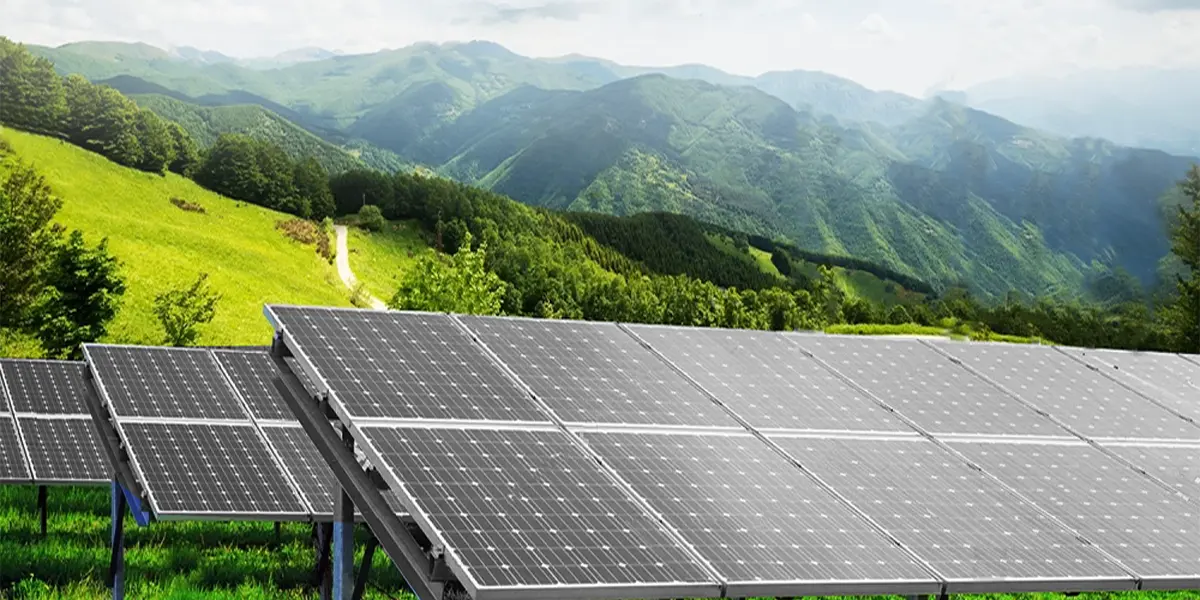
A new study from Stanford University shows powerful insights about the future of renewable energy resources. The study says that switching to clean energy technology, especially wind, water, solar, and renewable energy storage, could pay for itself in just 6 years. Dr. Mark Jacobson’s findings across 145 countries confirm that switching completely to renewable energy would cut global energy demand by over 56% and help to reduce air pollution and climate risks.
What is renewable energy?
What is renewable energy? It refers to naturally replenished energy sources that include sun, wind, water, and biomass. Unlike fossil fuels, renewable energy sources do not pollute or run out. This makes them important in addressing today’s climate and economic challenges. As 2025 progresses, the world is witnessing record growth in renewable energy companies. In the U.S., the sector now powers over 42% of total electricity generation, up from just 20% three years ago.
Global Cost Reductions and Energy Savings
The research portrays that the energy transition to 100% wind, water, solar, and storage for 145 nations would pay for itself within six years. This will end up being less expensive than maintaining the current energy systems. Furthermore, Dr. Jacobson’s model shows that switching to renewable energy could reduce global energy demand by over 56.4%. The private annual energy costs by 62.7%, and social (private plus health plus climate) annual energy costs by 92.0%.“ Therefore, compared to business as usual, WWS (wind, water, solar) uses less energy, costs less, and generates more jobs. This shows the real benefits of renewable energy, not just cleaner air, but also lower bills and healthier lives.
2025 U.S. Update: National Progress Confirms the Model
As of mid-2025, the U.S. gets 42% of its electricity from renewable energy sources, up from 20% in 2022. Solar use has doubled since 2021, and wind power now provides more energy than hydropower. These changes show how fast renewable energy sources are growing. The National Renewable Energy Laboratory (NREL) says that the U.S. can reach 100% clean power by 2035. While the cost could be $330–740 billion, it would be worth it due to gains in health, economy, and climate. Since the Inflation Reduction Act, the U.S. has invested over $422 billion in different types of renewable energy sources. That funding has created more than 400,000 jobs in the solar, wind, battery, and electric car industries. This proves that renewable energy sources support both the planet and the economy.
Social and Environmental Gains
Clean energy adoption means fewer deaths from air pollution, fewer extreme weather events, and reduced energy waste. Battery storage capacity in the U.S. has grown to over 170 GWh in 2025, addressing concerns about solar.
Technology is Already Here
Most Tools Already Exist
One key takeaway is that 95% of the required technology already exists. Wind turbines, solar panels, energy storage, and electric transport systems are commercially available. The rest of the needed tools are in the final stages of development.
Battery Storage and Smart Grids
Advanced batteries and smart grid systems are making power more flexible. These tools help store extra energy and send it out when needed. That’s why renewable energy storage is such an important part of clean energy technology.
Job Creation and Economic Impact
According to the study, even though people will lose jobs in the mining and fossil fuel industries. Overall, 28 million more jobs will be generated than lost. As a result, Russia, Canada, and portions of Africa, whose economies heavily rely on fossil fuels, are anticipated to experience net job losses. Renewable energy companies are now a major part of the job market and help local economies grow.
Challenges and the Need for Political Will
Even with all the good news, there are still roadblocks. New federal tax rollbacks threaten to reduce solar installations by 17% through 2035. Still, experts agree that the economic case for renewable energy sources remains stronger than ever. With bold leadership, the path to a cleaner grid is already mapped out. What’s needed now is the political will to get there.
Credits, Certificates, and Community Solar Expansion
Incentives play a major role in encouraging adoption. Programs offering renewable energy credits and renewable energy certificates allow homeowners and businesses to support sustainable power, even if they can’t install panels directly.
At the community level, solar programs are now accessible in 41 states. These offer low-income households the chance to save on energy bills while contributing to a greener grid.
To conclude, the 2025 update proves that renewable energy sources are a smart economic choice. With existing clean energy technology, strong policy, and global cooperation, a cleaner future is within reach.
News Source: PV Magazine
